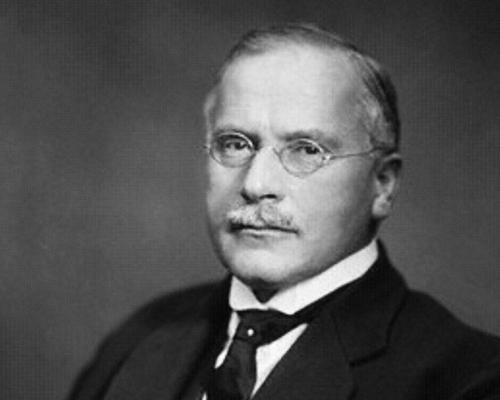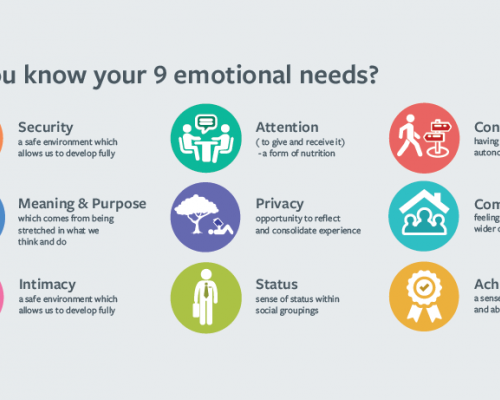The riddle of conditioned taste adversion
THE pain–pleasure recall principle also explains the well-known phenomenon of conditioned taste aversion, which has always presented a problem for classical conditioning.
In classical conditioning, Pavlov's bell and the steak need to be presented together, or at least closely together, a number of times, for the conditioning to take hold — ie for the bell to trigger salivation with or without the steak. So how can it be that, if a person or animal gets sick hours after they have eaten some improperly cooked food, they may develop an aversion to the food they had eaten?
This phenomenon has created problems even for theorists who claim that we must be genetically pre-wired to make this sort of link as a way of explaining the enigma of snake phobias, for example.[1] According to the theory, many humans are genetically pre-adapted to form fears of stimuli such as heights or snakes because both represented possible dangers in our ancestral environment, whereas motorcars, which were not around at that early time, very rarely become the object of phobias, despite the fact that they kill thousands of people every year. Conditioned food aversion, however, is very different from a phobia about heights or snakes because the food that becomes aversive can literally be any food or combination of foods. Most importantly, there can literally be hours between the ingestion of the food and getting sick. This is no simple case of a bell ringing followed instantly by a steak appearing.
I suggest that the pain–pleasure recall principle can easily explain this phenomenon, without the need to postulate a special, questionable case of evolutionary adaptation. Since both pleasure and pain are involved pleasure at ingestion and pain at disgorgement, the brain has only to make a link between the two experiences for the principle to apply. Such a link is highly probable since both experiences involve the same organs — mouth, throat, stomach, taste buds, etc — and another meal is unlikely to have been ingested in between the experience of the pleasure and the pain. The pain–pleasure recall principle predicts that the pain of vomiting will be recalled separately from the pleasure of eating, and will thus be used to evaluate the risk of eating that food when encountered in future. The feeling of discomfort from vomiting recalled without accessing the feeling of pleasure from eating will be sufficient to discourage eating the food again. Hence a food aversion is developed.
References
- Seligman, M (1971). Phobias and preparedness. Behaviour Therapy, 2, 307–20.
Latest Tweets:
Tweets by humangivensLatest News:
SCoPEd - latest update
The six SCoPEd partners have published their latest update on the important work currently underway with regards to the SCoPEd framework implementation, governance and impact assessment.
Date posted: 14/02/2024
2024 Conference
Our next in-person HGI Conference, is being held on the weekend of 20th and 21st April 2024












